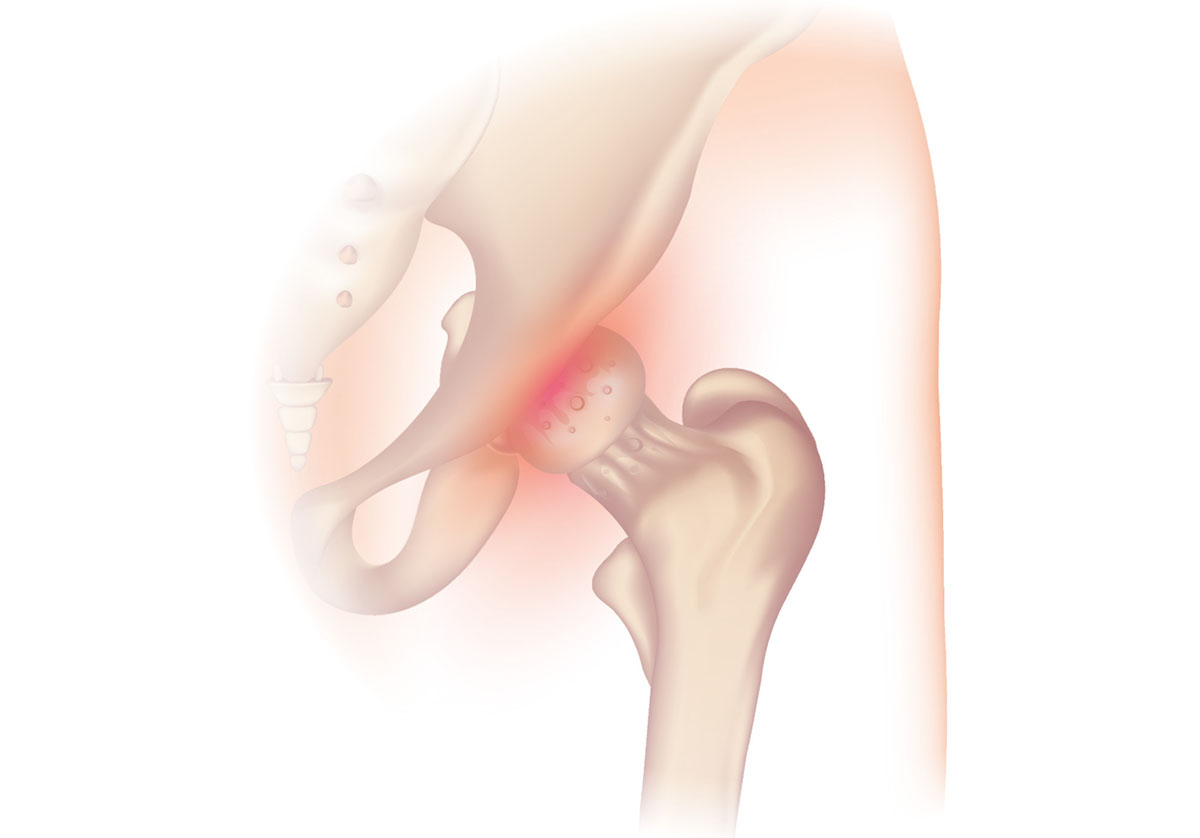
Acute trauma can cause hip flexor among other causes. There are others among which are weak lower abdomen muscles and poor flexibility and strength. There are treatments that are pretty simple and that will help you eliminate this problem. These treatments involve exercises and stretches, which will help you return to your physical state.
Hip Flexor Injury
Leg pain, hip pain, back pain and hip muscle pain are the most common symptoms of hip flexor injury. Upon noticing the hip flexor injury, you will need to see a doctor immediately no matter what you are doing. You will need to see a chiropractor, physical therapist, doctor or a sports trainer. Several steps need to be made if you are suffering from a minor injury and they will eliminate the pain. The area affected needs to be rested and the hip muscles cannot suffer a strain of any sort. The health professional will give you a treatment that you will have to follow.
Treatment
Swelling and pain will be reduced with the application of ice packs, in 20 minute intervals in every three to four hours. This treatment lasts for two or three days. While sleeping, you can put a pillow between your legs to reduce the pressure that the hip is experiencing. Use of anti-inflammatory drugs comes after the pain and swelling are reduced. The hip muscle can be freed from pain and inflammation with the use of ibuprofen and such drugs. Now you can perform rehabilitation exercises and stretches. If you have suffered from a hip flexor injury, you need to return the strength and flexibility to you hip and this is one of the most important parts of the treatment. Stretches will help you with this and you will need to do them two times during the day. With your injured leg, you need to kneel and with lower back flattened, move your hips forward. Then lean forward until you stretch and maintain this position for 20 seconds. Then you need to do quadriceps stretches, which are done with your face turned to the wall. Place the arm on the uninjured hip. Then in the direction of the buttocks, pull the injured leg's foot, with knees together and back straight. When you feel the stretch, maintain this position for 20 seconds. Heel slide will help you with the transition from the flexibility to strength. Sit with the legs out and toes pointing up. The injured leg's heel needs to be slide in the direction of the buttocks and with knees pulled to the chest. Do this 10 times for the injured and uninjured leg. Straight leg raises are done at the end and they are done while lying down. With uninjured leg bent, you need to pull the injured leg approximately eight inches and flex the muscle. Keep this position for five seconds and repeat this nine more times. This also needs to be done for the other leg.


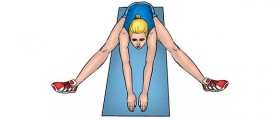

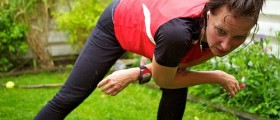
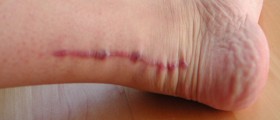
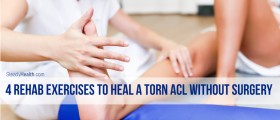
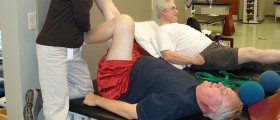


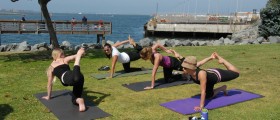

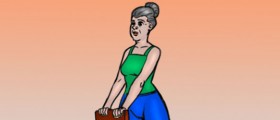

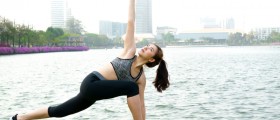
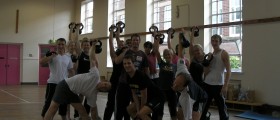

Your thoughts on this
Loading...